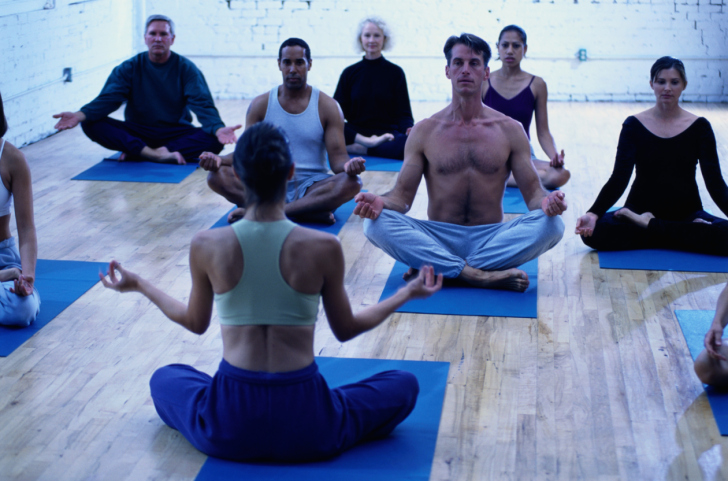
One of the main functions of a yoga practice is to help cultivate awareness within the practitioner. Each time a yoga student comes to class or practices on their own, they are providing themselves with the opportunity to look deeper into all aspects of their life. This includes how they eat, how they interact with others, and how they handle the challenges of life. Teachers may have their own yoga practice, but it should be understood that teaching is also part of their practice. The teacher can gain inner awareness from their personal practice, but the awareness they gain by teaching can take them farther than their personal practice ever could. This is in part because teaching is a service to humanity, a karmic offering.
Inner Physical Awareness
Yoga students will greatly benefit by learning to feel the multitude of sensations that happened within the body during an asana practice. Some of these sensations would include tingling, pulsing, rushing, throbbing, warmth and coolness, and swirling, just to name a few. Awareness of these physical sensations can help the yoga aspirant to begin to identify metabolic and energetic reactions that are taking place within the physical body.
Yoga teachers can help their students by offering them visual and verbal cues that will bring their awareness to the physical sensations that are taking place within them. Constantly reminding students to look, listen and feel for the sensations is a great way to help them direct their focus inside. Begin to help your students to imagine the inner landscapes of their bodies. Give them muscular and structural insights as to how the body is working, and they can begin to understand the three-dimensional machinery that they are working with.
Inner Subtle Awareness
Anyone who has practiced yoga more than a handful of times will most likely have had an emotional response of some kind during or after the class. When the subtle energy of the body begins to move, emotions will come to the surface. This is one of the detoxing factors available to yoga practitioners. Most of our time is spent pushing our emotions aside in an attempt to handle our daily work and social routines. Yoga is a fantastic way of drawing those overlooked emotions out of the background and into the present moment. In the present moment they can be released for good.
Part of the job of a yoga teacher is to recognize your role as a therapist. You are providing group therapy to your class. With this in mind, it's important that you interject tidbits of wisdom, motivational snippets and inspirational snacks for your students to assimilate. You can even directly challenge your students to search for emotional content that may want to let go. Heart opening poses like backbends, and first and second chakra poses like hip openers are perfect times to ask your students to search their inner realms for emotional content.
Inner awareness leads to the more advanced practices in the yoga tradition. Physical, mental and emotional introspection will begin to lead to a greater understanding of oneself, which is the purpose behind the practice of yoga to begin with.
|
Do you have a passion for Yoga? Would you love to turn your passion for Yoga into a rewarding career? Check out the information we have available on what the Yoga course involves and thousands of other Natural Therapy Courses we have available online and throughout Australia. Why not let us help you find the right course for you today on 1300 924 960 |




